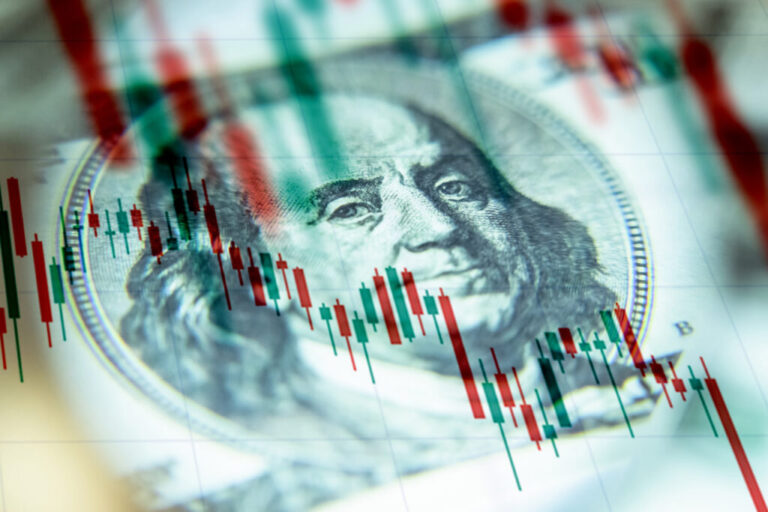Although the U.S. stock market is trading at new highs, a key measure of equity wealth has also reached record levels, even as consumer confidence sinks to depths typically seen during recessions.
This disconnect signals growing fragility beneath the market’s surface, according to economist David Rosenberg in an X post on November 7.
Data from the University of Michigan’s Survey of Consumers shows that the median value of stock market investments has surpassed $300,000 for the first time on record, more than tripling since April 2020 during the pandemic downturn.
The surge highlights how rising equity prices have inflated personal balance sheets despite persistently weak household sentiment.

Rosenberg noted that consumer sentiment is now lower than during the troughs of all eleven U.S. recessions since the 1950s, even as stock portfolios swell to historic highs. The contrast, he suggested, points to an economy increasingly reliant on inflated asset values rather than genuine income growth.
The analysis shows a steep climb in median equity values since the pandemic, accelerating sharply after 2020 and continuing through 2025, breaking the historic pattern where wealth and sentiment typically moved together during prior downturns.
Market nearing peak
Rosenberg warned that such divergences between wealth metrics and real economic sentiment often appear near market peaks, raising concerns about the sustainability of current valuations and whether the U.S. stock market’s resilience is masking deeper economic weakness.
Notably, Rosenberg, who correctly predicted the 2008 financial crisis, has remained bearish on the market and economy throughout 2025.
Back in September, Finbold reported that he cautioned U.S. equities were “deep in bubble territory” as fundamentals deteriorated. At the time, he warned that the S&P 500 was at risk of delivering negative returns in the year ahead, with valuations at extreme levels.
Since then, the index has rallied to new highs above 6,700, though a section of Wall Street remains cautious about the broader market outlook.
Featured image via Shutterstock








